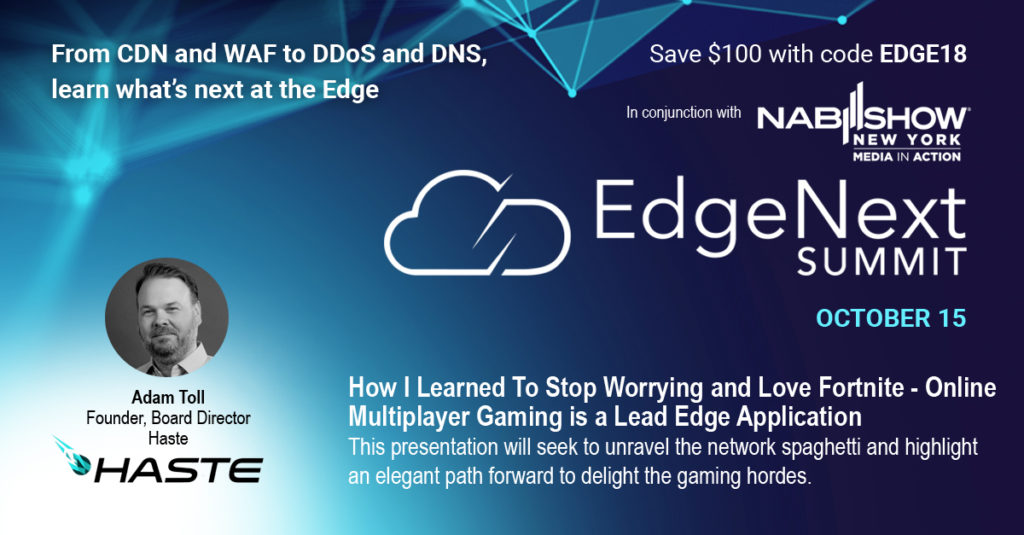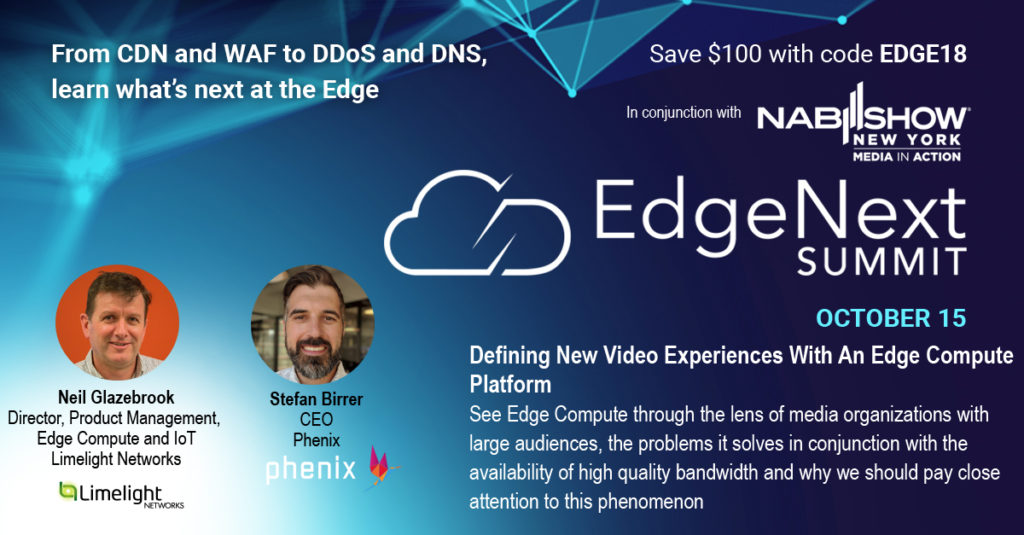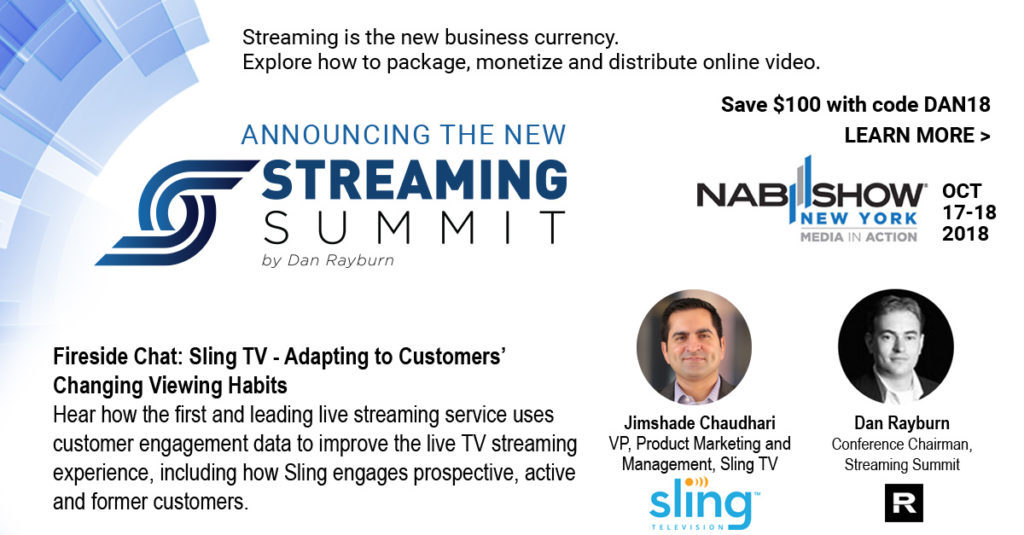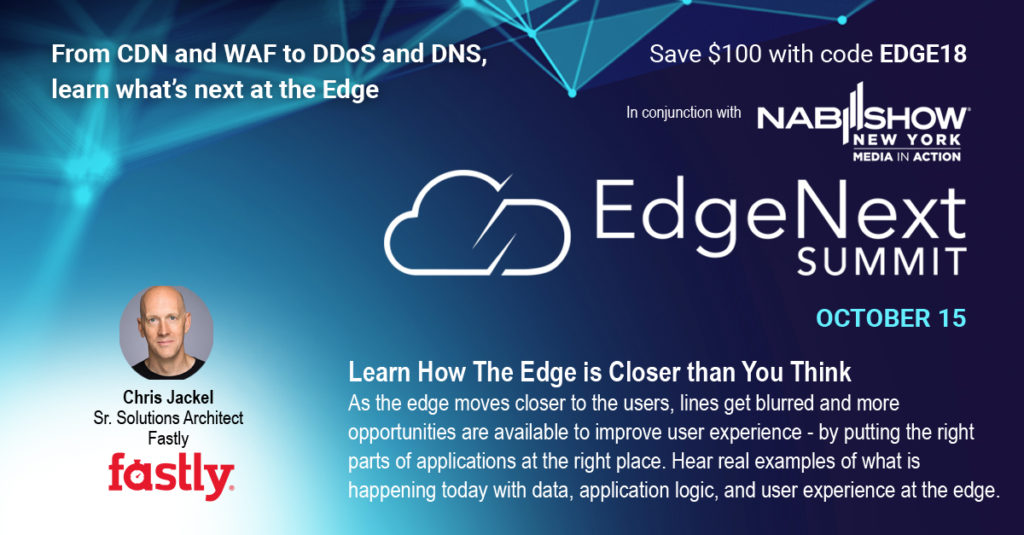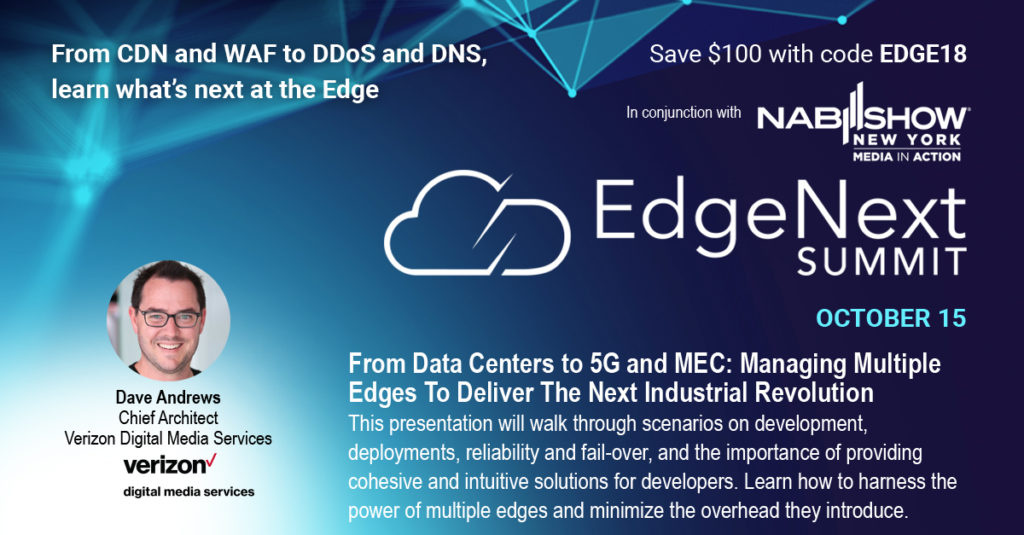Here’s Why Today’s Video Infrastructure Is Not Ready For 5G, And How Edge Technologies Can Help
In a prior blog post I wrote entitled “The Current Infrastructure Strategy To Support OTT Services Isn’t Economically Sustainable“, I detailed the OTT capacity gap – the looming challenge of delivering streaming video to consumers when the performance improvements of current streaming video technology are fading as market demand for delivery capacity is skyrocketing. This post will discuss how promising new hardware technologies such as 5G and SPUs can be configured and deployed to help solve the OTT streaming video capacity gap.
The main driver of the capacity gap is the incredible growth in streaming video, which is also becoming more and more of a mobile data phenomenon. In the U.S., over 50% of streaming video is consumed on mobile devices and this percentage is increasing rapidly. While a significant portion of this consumption is for wireless devices connected to wi-fi rather than the mobile networks, the trend is clearly towards more mobile and therefore more cellular consumption.
To emphasize this trend, over 75% of cellular network data is consumed by video traffic and this percentage has been artificially constrained by data caps, throttling, and other measures designed to restrict cellular video consumption. As these restrictions are released, cellular video consumption will skyrocket. Cellular streaming video consumption is already the predominant use case in the rest of the world where the smart phone is the primary connection to the Internet and is often the only OTT viewing device available to the average consumer. Any solution to the OTT capacity gap will, first and foremost, need to address the needs of the global wireless streaming consumer.
The wireless industry has recognized the challenges and is moving aggressively to implement the new 5G wireless standards. When fully implemented, 5G will dramatically increase the wireless delivery capacity of the cellular networks which will address the bottleneck that currently exist with regards to getting video from the cell towers to the consumers. The rollout of 5G enabled consumer devices and new 5G network infrastructure will begin in earnest early next year and accelerate rapidly thereafter. This increased wireless capacity will enable higher quality video and reduced latencies will enable new types of video applications to grow.
5G will solve the capacity problems of the wireless link to consumers. However, there are other infrastructure changes that will be required to leverage this new capability. Those changes begin with the link between the cell towers and the data centers – a connection called the “backhaul”. In the best-case scenario, the backhaul connection is a fiber link with plenty of bandwidth although this is frequently not the case, especially in developing markets. In many cases, the backhaul may not have the carrying capacity or latency performance to support new 5G enabled media. Supplying the new 5G radios with enough backhaul capacity may require significant investments in upgrading the backhaul connections along with all the time and disruption that entails.
But even if the backhaul links are all ultimately upgraded to fiber with plenty of carrying capacity between the data centers and the towers, the problem is still not solved. Applications that are extremely latency sensitive to the point of being unusable once certain levels are exceeded, will require round-trip latencies of less than ten milliseconds (10ms). 5G radios will deliver latencies of 1ms to 2ms, although the conversion of the signal from RF to optical at the tower to cross the fiber link, to electrical upon arrival at the data center, and then converted back to optical at the data center for the return trip, and ultimately back to RF for delivery to the consumer – can easily generate latencies of 30ms or more. Fully utilizing 5G for OTT media will also mean addressing these latency challenges.
The answer to the latency issue is to move key resources out to the edge of the network and co-locate them at the base of the cellular towers. The new buzzword for this architecture is “mobile edge compute” or “MEC” for short. Implementing a new MEC platform architecture and avoiding the backhaul traversal solves both the latency issue and, in the case of video, relieves backhaul congestion since the most popular content can be located at the edge and will not have to consume the expensive power and bandwidth to be pulled from the datacenter to the towers.
Implementing mobile edge computing introduces new challenges since the space and power resources at the base of the towers are highly constrained and installing enough traditional servers would overwhelm the space and power currently available at the base of the towers. Proposed solutions include building mini-data centers at the base of the towers and pulling enough additional power to supply the co-located servers, although this approach is cost-prohibitive and just moves the already inadequate servers from the datacenter, where maintenance and power are cheaper, to the towers where field service and electricity are far more expensive. So how can the industry address the MEC space and power issues and thereby have a complete solution to the OTT capacity gap?
One answer many companies are looking at is to deploy high performance, domain specific hardware to the towers at the edge of the cellular network. MEC streaming media devices should have the ability to supply a very large number of simultaneous connections with low latency, high bandwidth streaming media and do it all at very low power. The combination of these advantages will enable the MEC servers to fit into the existing tower infrastructure without the need to upgrade the backhaul or build data centers at the towers.
As an example of the use case of OTT streaming media, a MEC device combined with another purpose-built appliance, for instance HellaStorm’s Stream Processing Unit (SPU) platform, would allow a content store of the most popular media and should enable the majority of the media requests from the cellular consumers to be served directly from the tower. Doing that would avoid the latency, power, bandwidth, and expense of moving the content across the backhaul connections. With streaming video now over 75% of wireless data consumption (and growing), the advantages are obvious. The combination of 5G with new specialized hardware based mobile edge compute technologies, can meet the streaming media needs of the market now and into the future.

